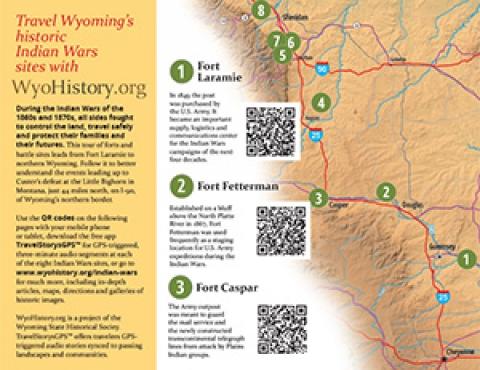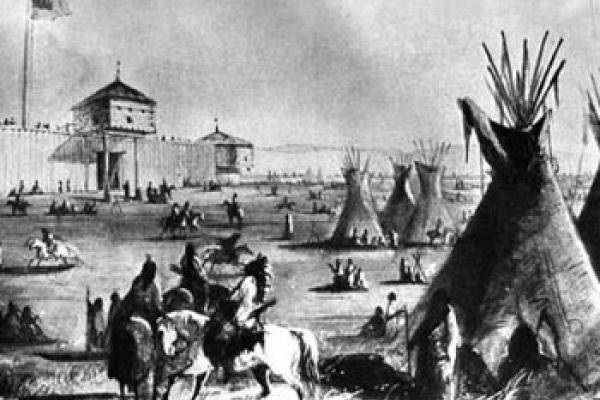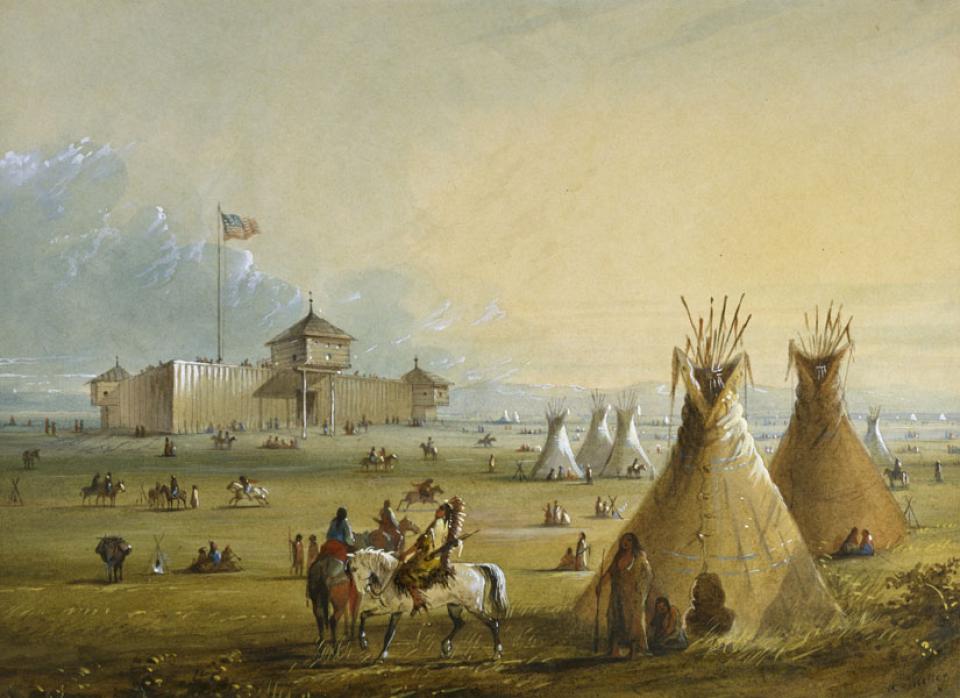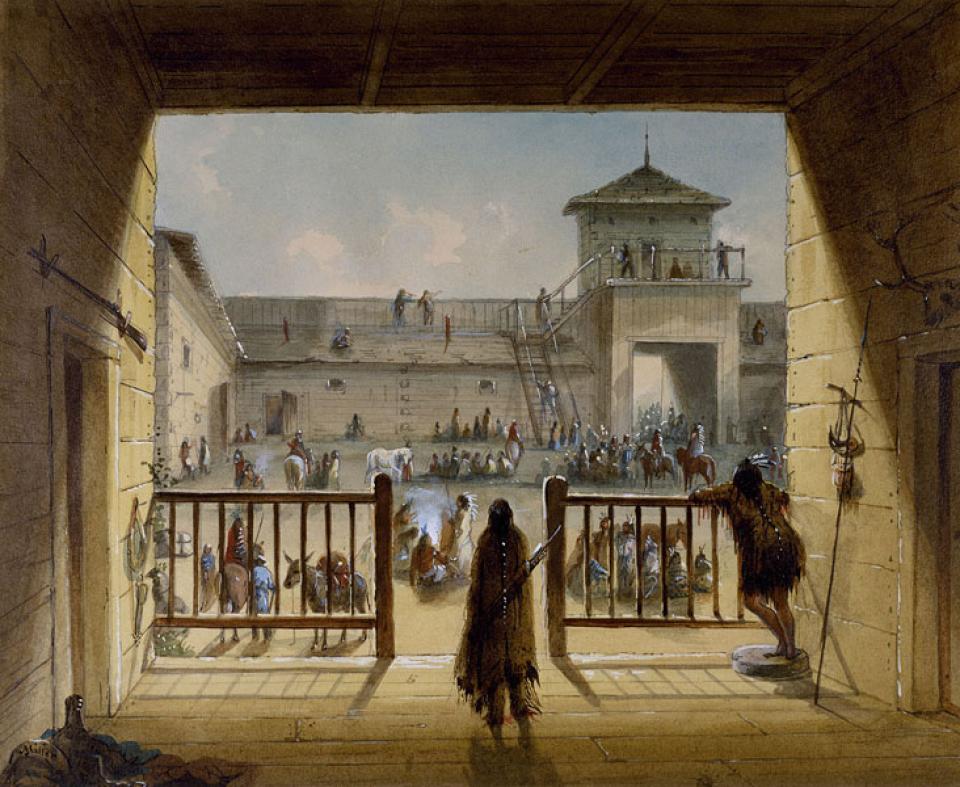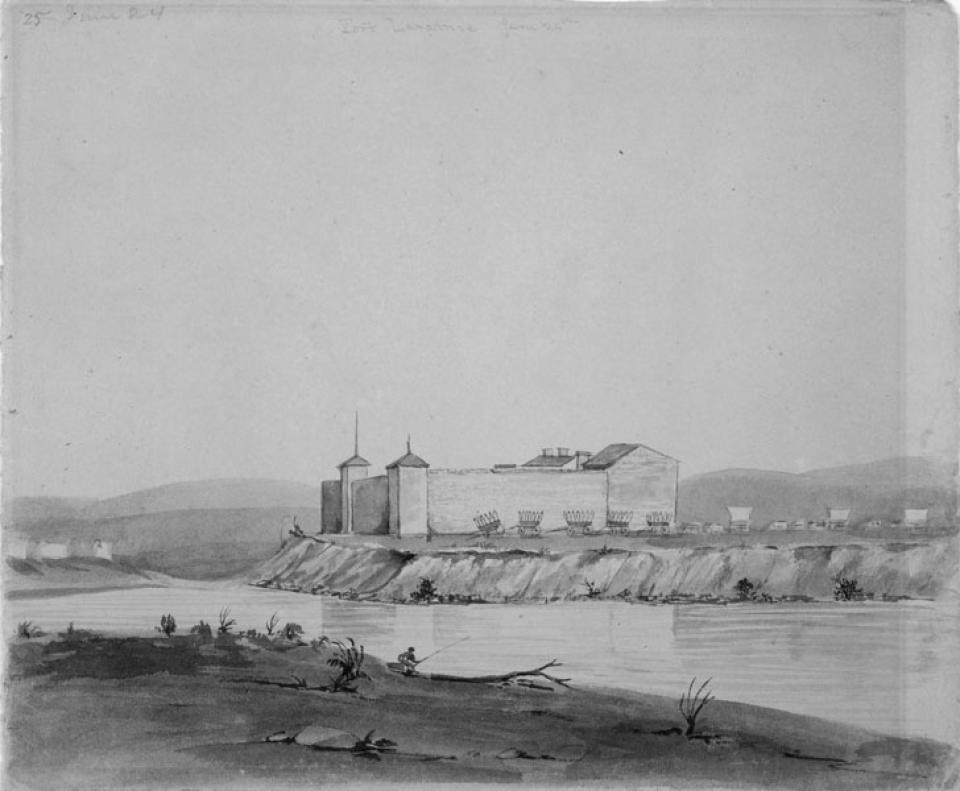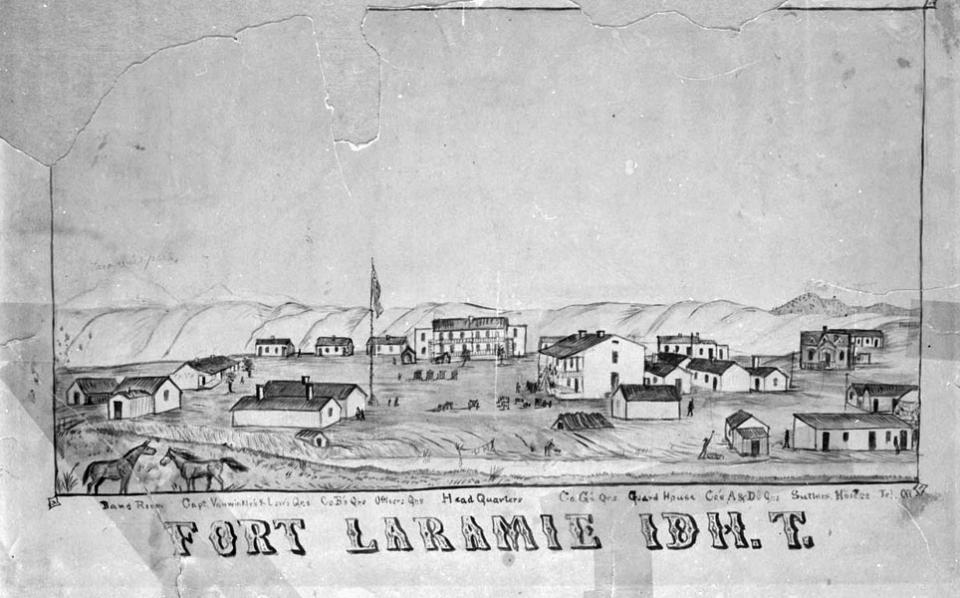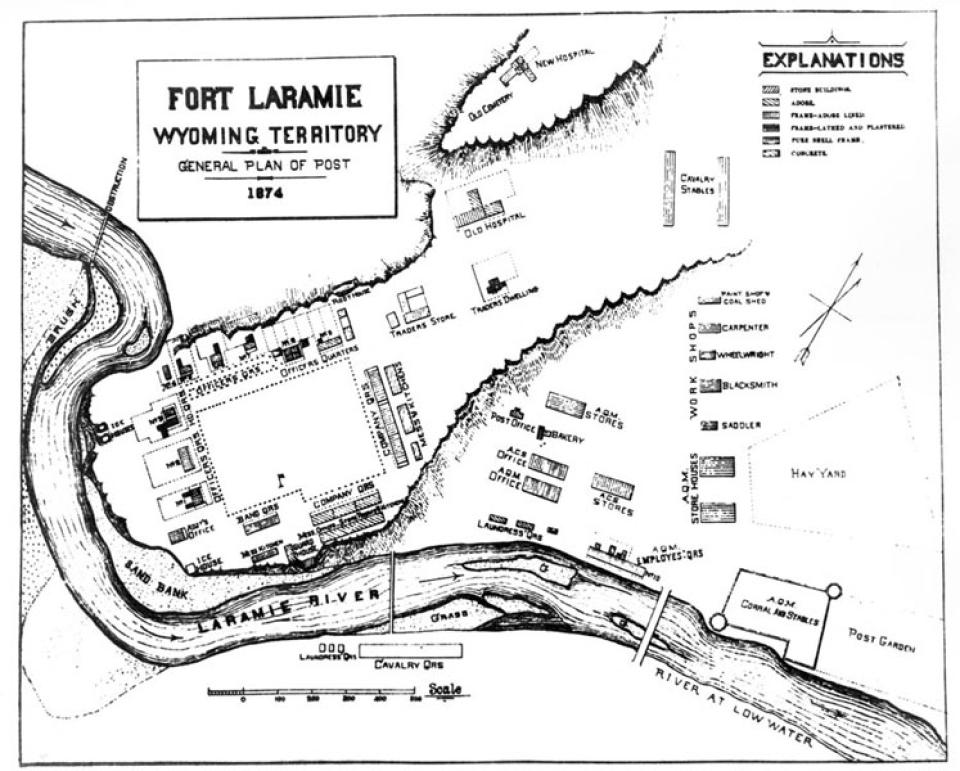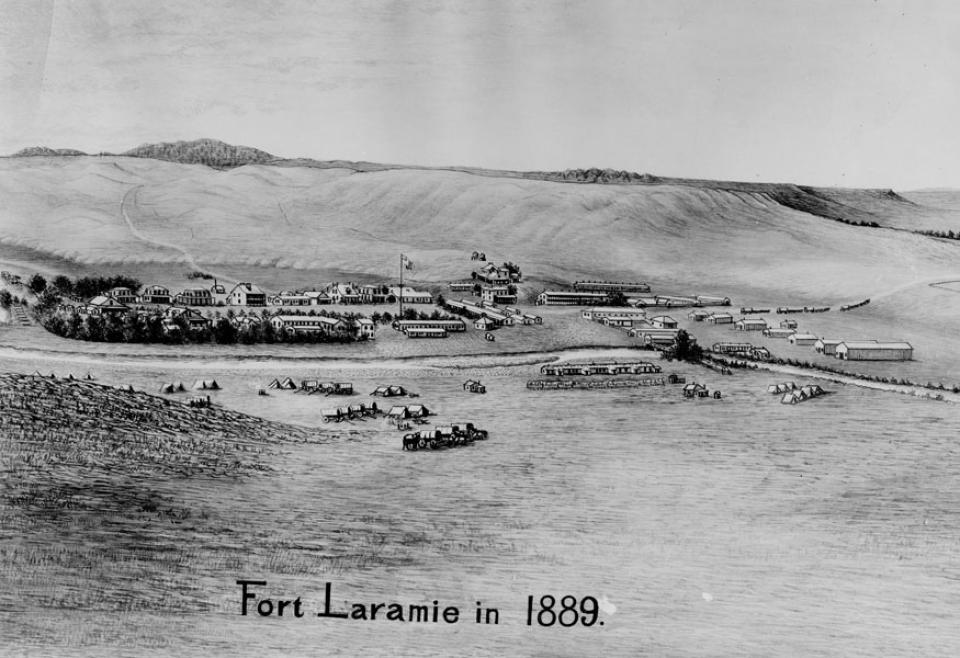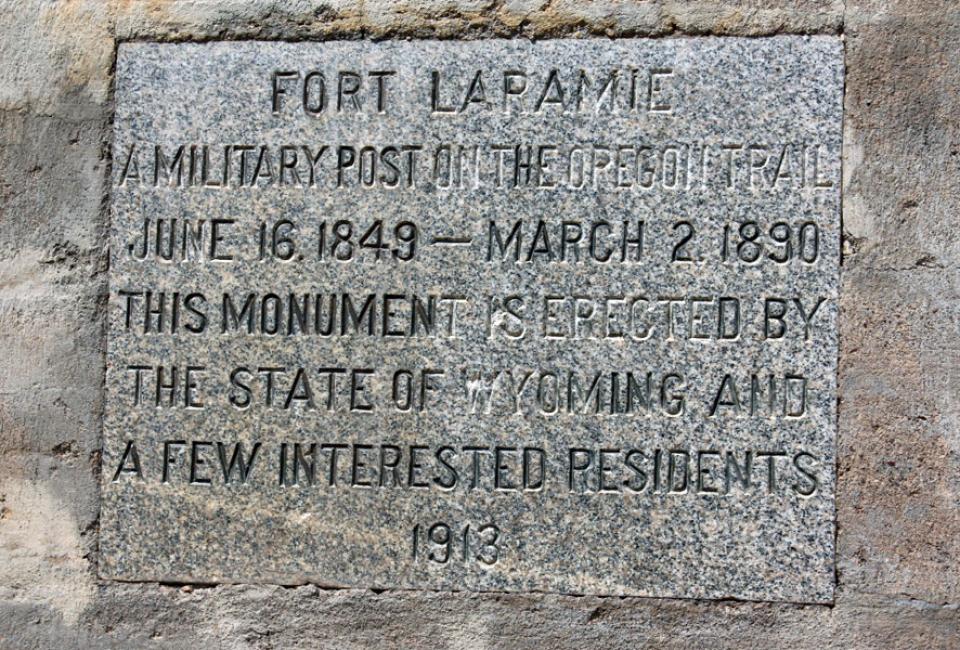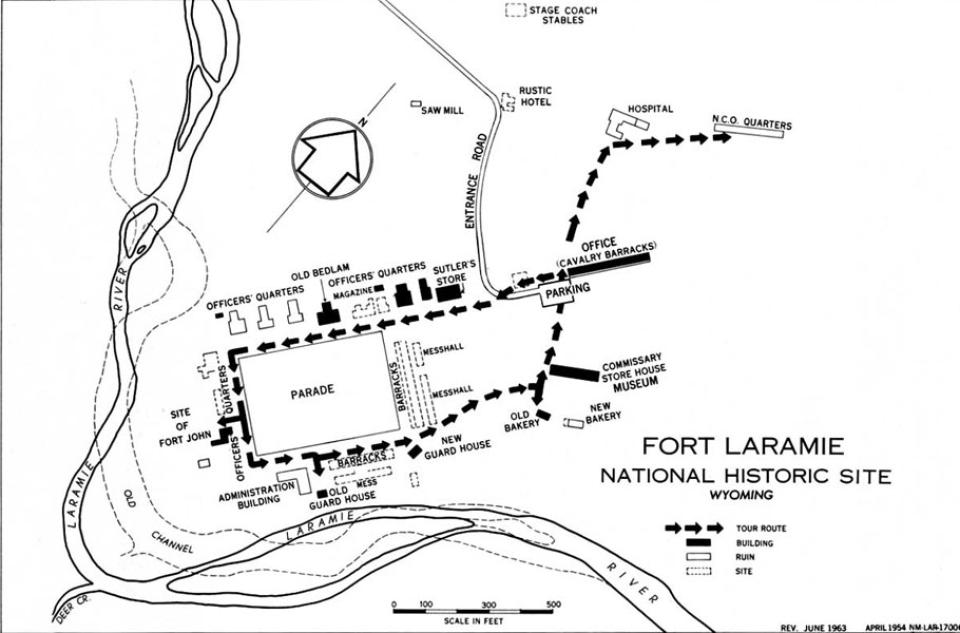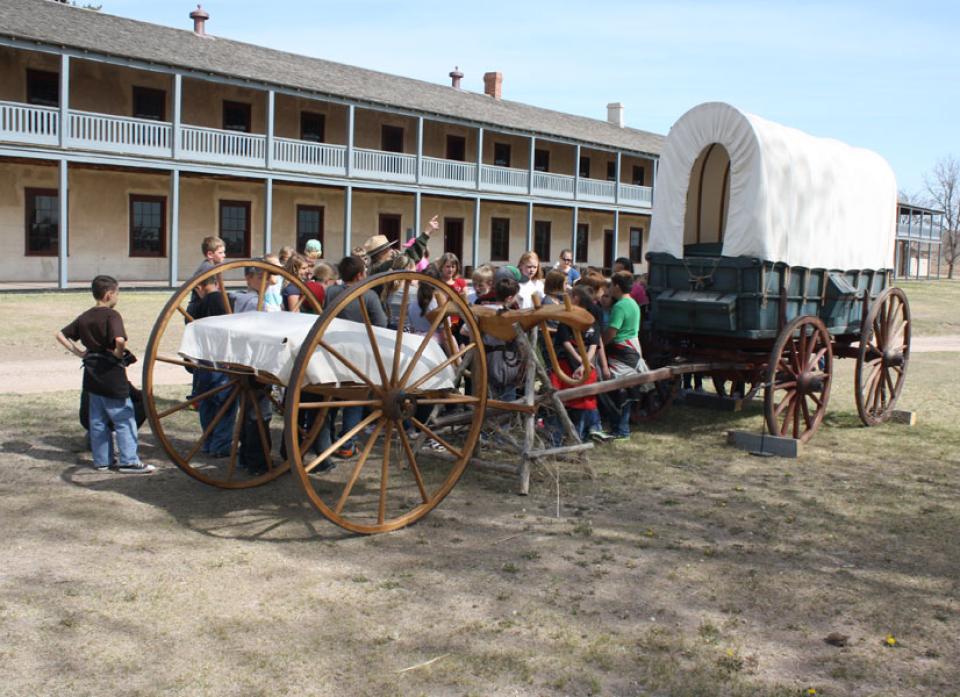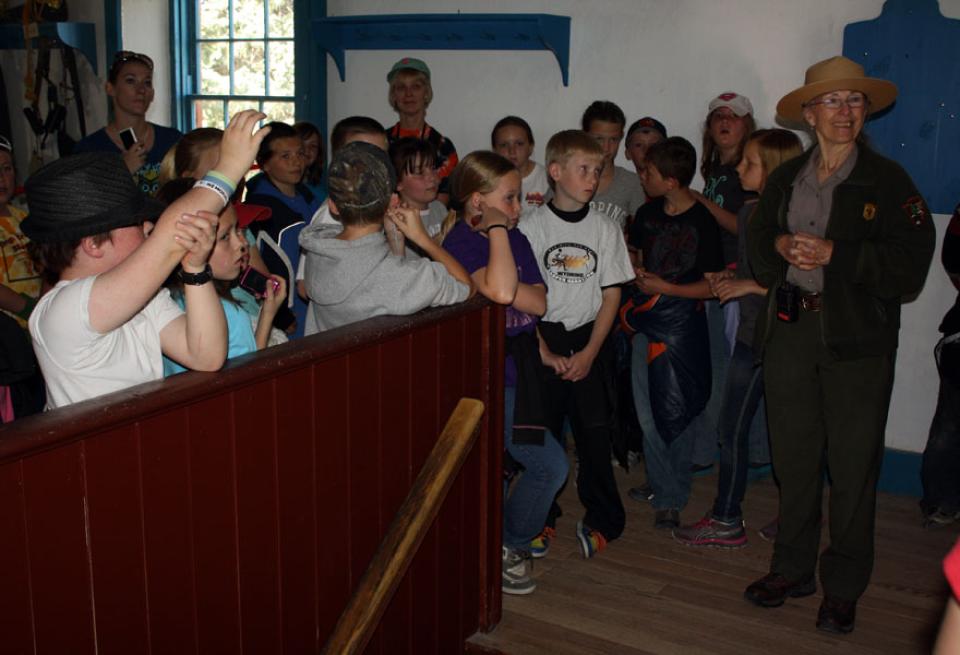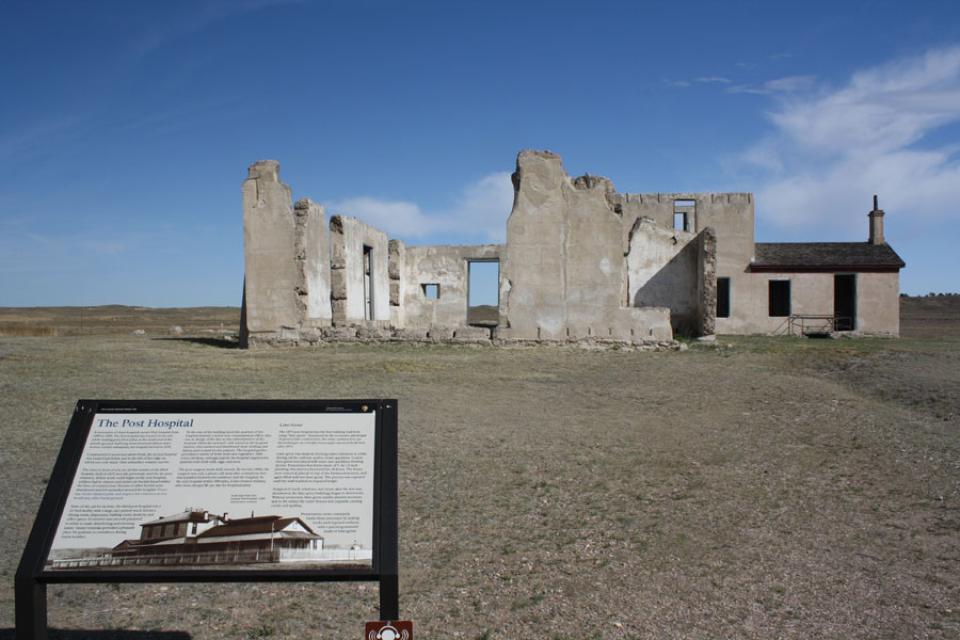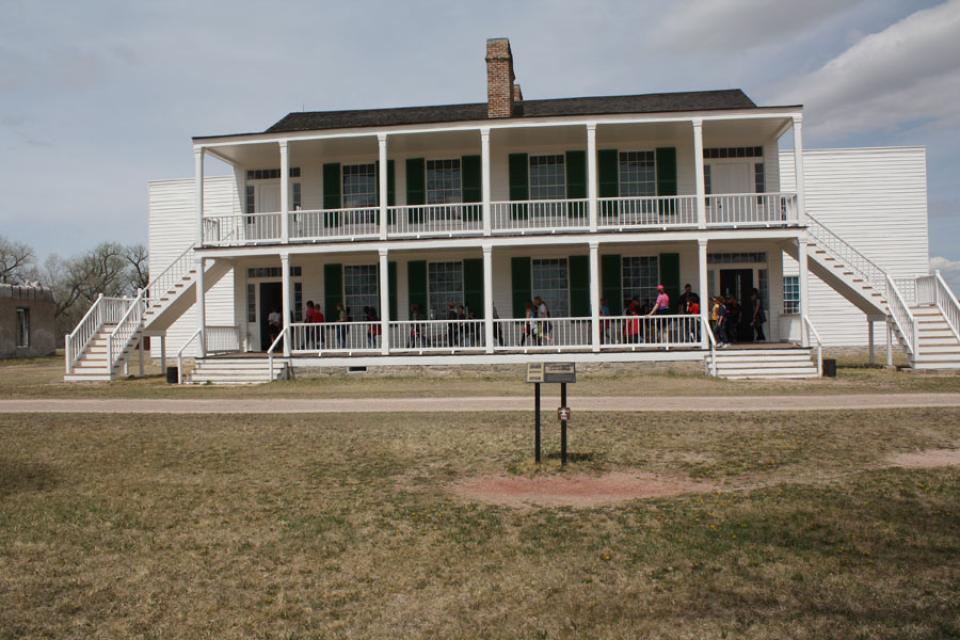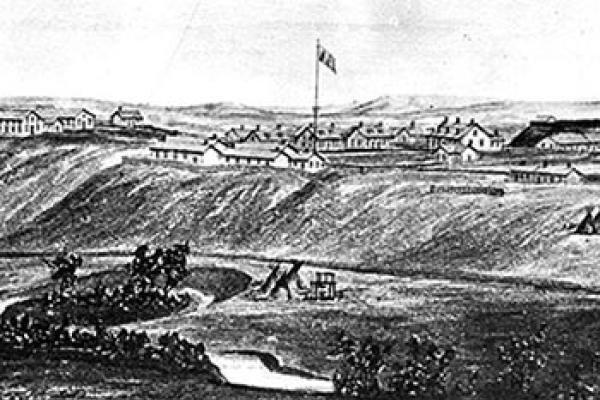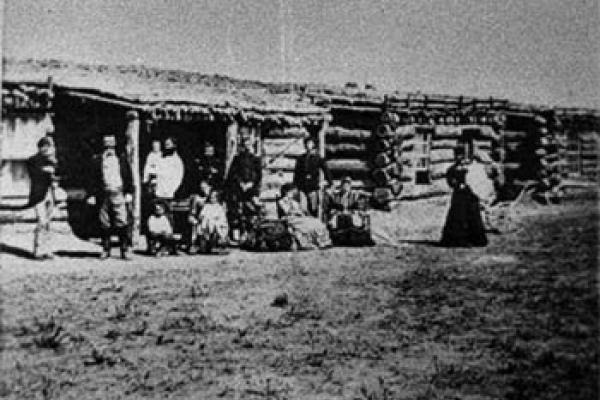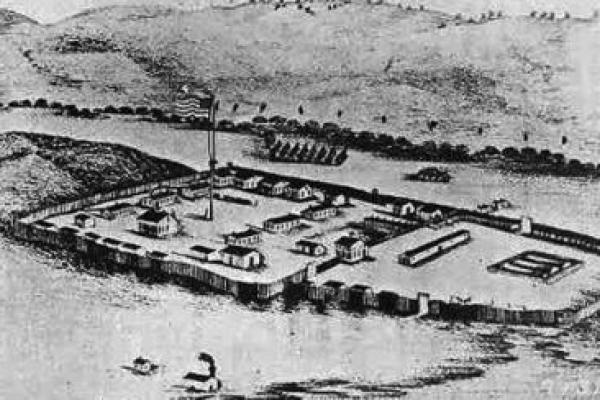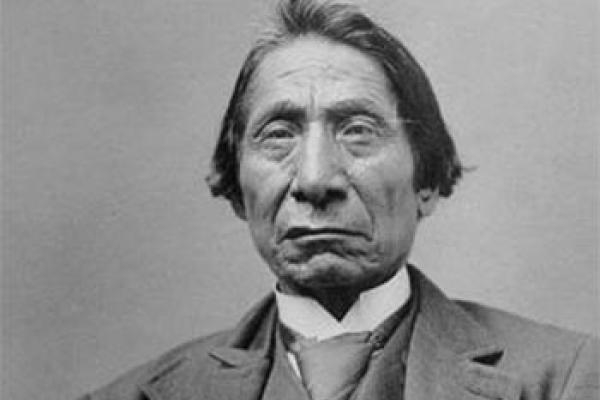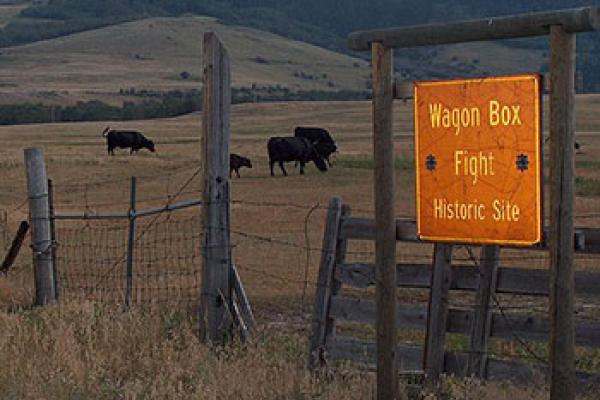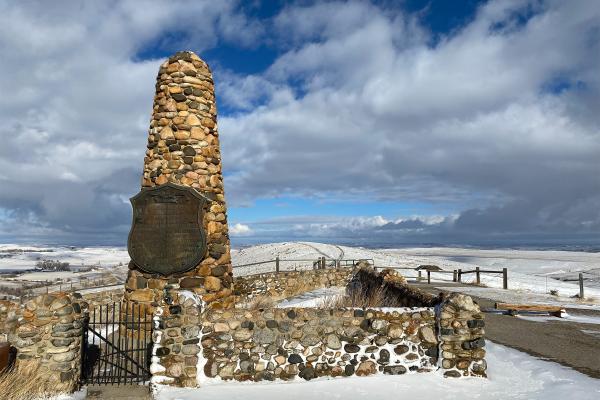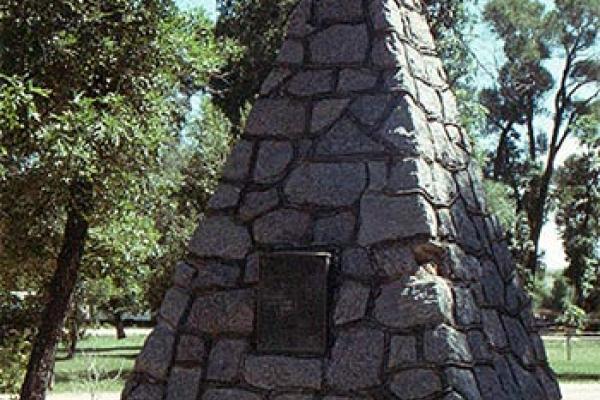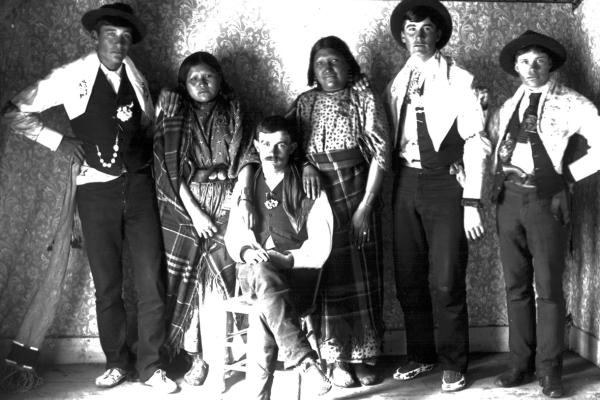During the Indian Wars of the 1860s and 1870s, all sides fought to control the land, travel safely and protect their families and their futures.
This tour of forts and battle sites leads from Fort Laramie to northern Wyoming. Follow it to better understand the events leading up to Custer’s defeat at the Little Bighorn in Montana, just 44 miles north, on I-90, of Wyoming’s northern border.
Use the QR codes on the following pages with your mobile phone or tablet, download the free app TravelStorysGPSTM for GPS-triggered, three-minute audio segments at each of the eight Indian Wars sites, or go to www.wyohistory.org/indian-wars for much more, including in-depth articles, maps, directions and galleries of historic images.

